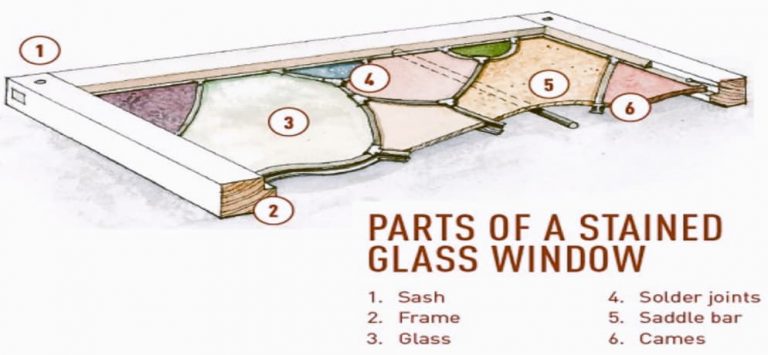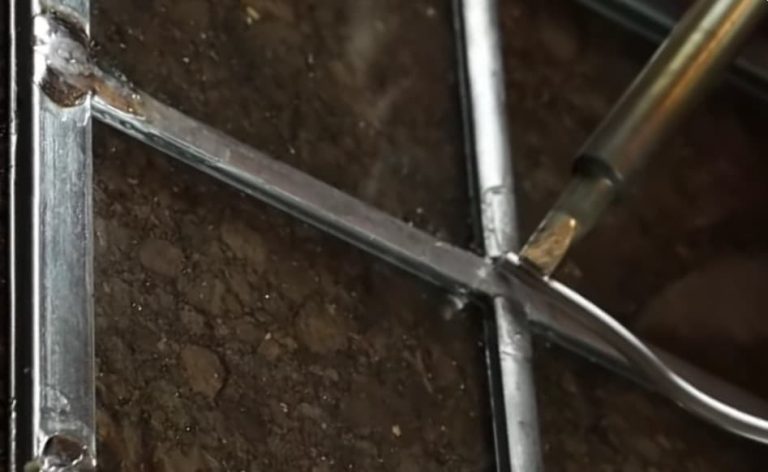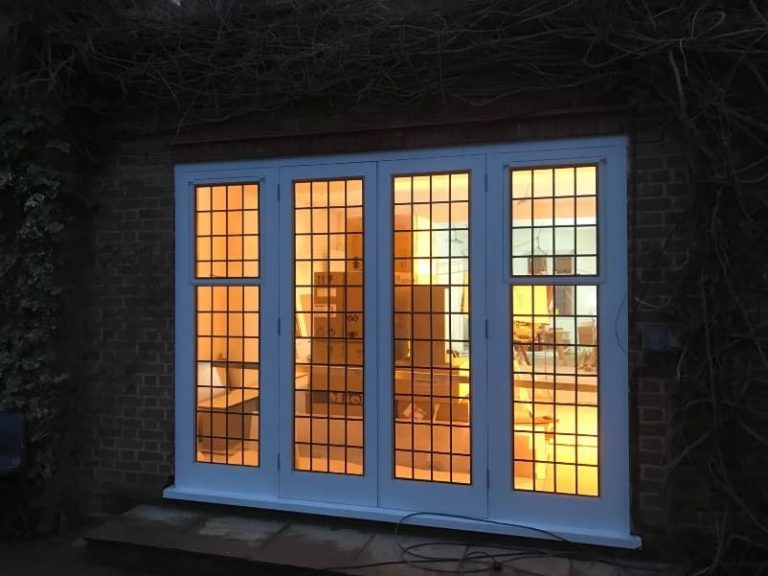Stained leaded Glass
Contact us
Stained leaded Glass

Stained-glass windows, made up of coloured and painted glass pieces held together by lead strips, were especially popular in Europe in the period between 1150 and 1550, when they were a prominent feature of cathedrals and other churches, as well as city halls and homes for the elite. Its translucent qualities made stained glass especially popular in religious contexts, where large windows with scenes from the bible and the lives of saints could animate a sacred space with colourful glimmering lights, and subtly change the atmosphere depending on the time of day, and the changing of the seasons.



Lead lights, leaded lights, or leaded windows
These are decorative windows made of small sections of glass supported in lead cames. The technique of creating windows using glass and lead came to be known as came glasswork. The term ‘leadlight’ could be used to describe any window in which the glass is supported by
lead, but traditionally, a distinction is made between stained glass windows and headlights; the former is associated with the ornate coloured-glass windows of churches and similar buildings.



Reusing existing stained leaded glass. (Encapsulation)
Encapsulation allows you to have an existing or new leaded light as a double-glazed unit, meaning you can enjoy the design and colour of a leaded light without having valuable heat escaping through the single glazed unit. This not only improves the thermal efficiency of the building but also protects the design and craftmanship of the leaded light or stained glass.


